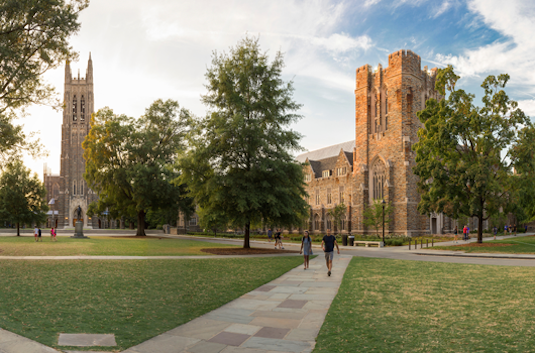WISeNet Student Seminar

In this presentation, I will discuss a comparison of receding horizon and artificial neural network controllers for the modeling of human driver behavior during coupled laterallongitudinal maneuvers. Driver models have been previously developed using control theoretic approaches, such as model predictive control, also known as receding horizon control, and have been shown capable of providing satisfactory vehicle control. However, these models tend to outperform human drivers, for example, due to maneuvers that require high frequency driver compensation, counter-steering behaviors as required to maintain stability, or modeling errors. Furthermore,tuning these driver models to different drivers, automobiles, and road conditions, can be very challenging, and requires expert human intervention. I will show an artificial neural network controller that overcomes these limitations, and, by adapting to the experimental data obtained from the human driver, is capable of reproducing the driver behavior more closely and under a broader range of operating conditions. The receding horizon and neural network controllers are tested and compared to the response of a professional human driver on a closed-course track using data obtained using a high fidelity Ferrari GT driving simulator. The results show thatthe artificial neural network outperforms the receding horizon controller in mimicking the response of the professional human driver.






